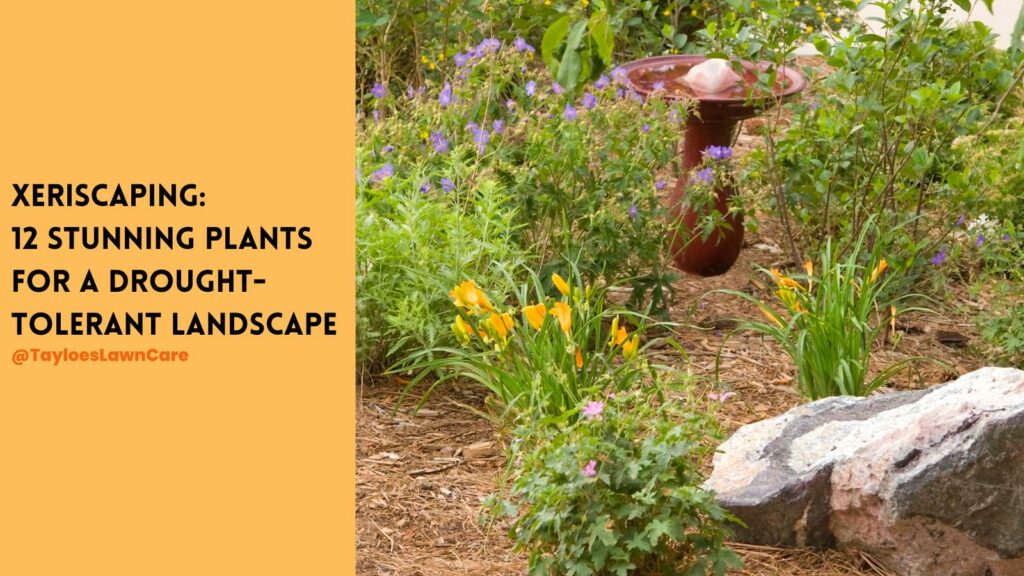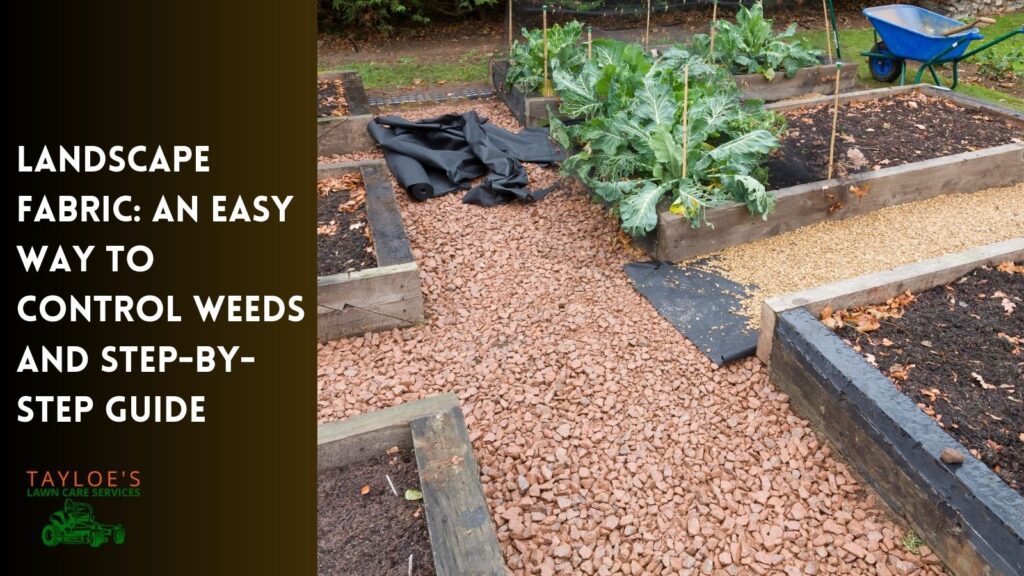Last Updated on: 12th November 2023, 02:50 pm
A fern might look delicate, but don’t let looks deceive you.
Ferns are an excellent addition to any garden or landscaping project. They are beautiful and offer several benefits to the ecosystem, including erosion control, air purification, and habitat creation.
This article will explore ten stunning fern species suitable for USDA plant hardiness zones 7 and 8 in northeastern North Carolina. Each fern will include its Latin name, plant description, growing needs, and instructions on when and how to plant them. We will also explain why ferns are integral to a healthy ecosystem.
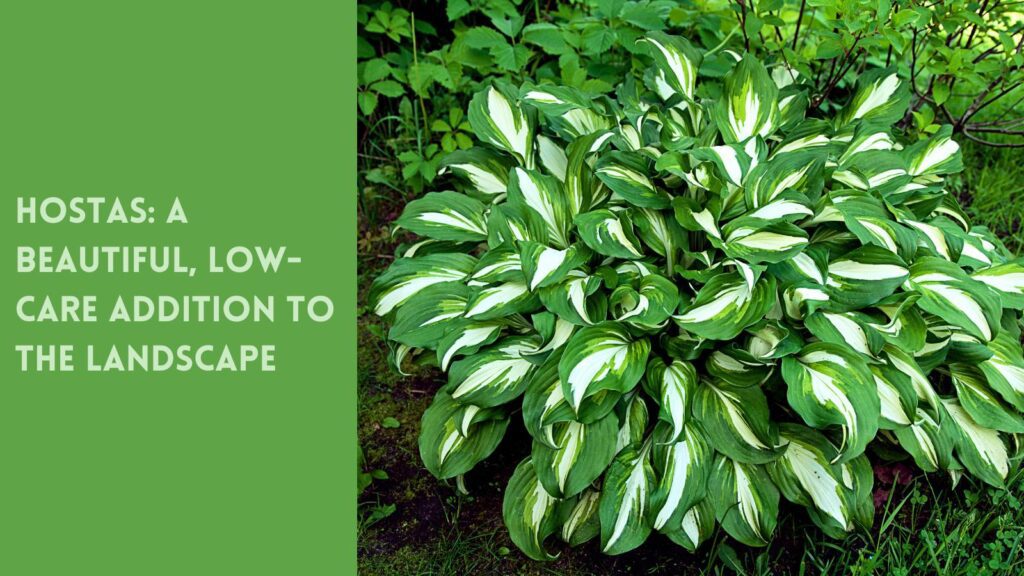
10 Beautiful Ferns That Can Stand the Summer Heat in Zones 7 and 8
These beauties are way more heat-tolerant than you might suspect. Also, not all require full shade. While it’s true that many ferns are for the shade garden, others will welcome a little sunshine in their lives. Each plant description will indicate sunshine conditions, soil pH, and drought-tolerance.
1. Christmas Fern (Polystichum acrostichoides)
The Christmas fern is popular for landscaping projects due to its hardiness and attractive appearance. It has dark green fronds that grow 1-3 feet long and remain green throughout the winter. This fern prefers partial shade to full shade and well-draining, moist soil with a pH between 5.0 and 7.5. It’s also drought-tolerant once established. You can plant the Christmas fern in the spring or fall, and it’s best to space them about 18 inches apart.
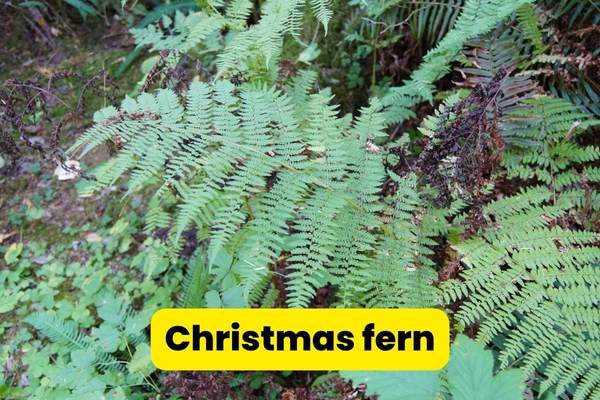
2 . Lady Ferns (Athyrium filix-femina)
The Lady fern is a delicate and graceful species that will grow about 2-3 feet tall. It has light green fronds about 18 inches long and grows vase-shaped. This fern prefers partial shade to full shade and moist, well-draining soil with a pH between 5.0 and 7.0. It’s best to water the Lady fern regularly to maintain moist soil. You can plant the Lady fern in the spring or fall, and it’s best to space them about 12-18 inches apart.
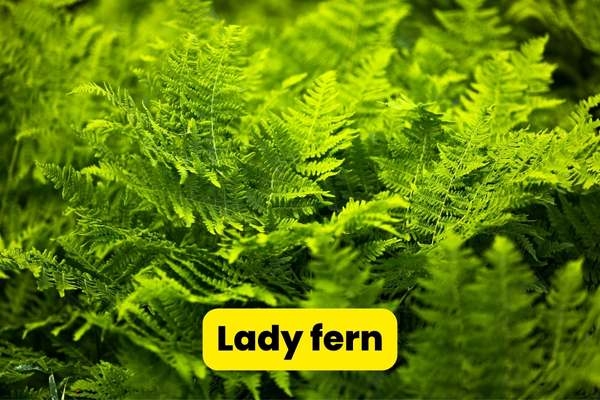
3. Ostrich Fern (Matteuccia struthiopteris)
The Ostrich fern is a tall and robust species that grows about 3-6 feet tall. It has bright green fronds that can grow to be 6 feet in length and resemble ostrich feathers. This fern prefers full shade and moist, well-draining soil with a pH between 4.5 and 6.5. It’s best to water the Ostrich fern regularly to moisten the soil. You can plant the Ostrich fern in the spring or fall, and it’s best to space them about 24-36 inches apart.
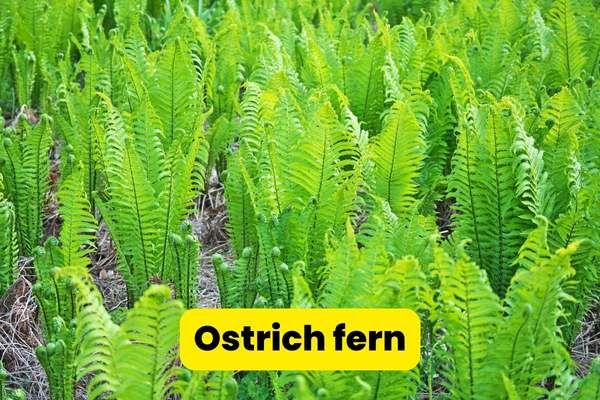
4. Royal Ferns (Osmunda regalis)
The Royal fern is a stunning species that grows about 3-6 feet tall. It has dark green fronds that grow to be about 2-4 feet long and resemble a crown. This fern prefers partial shade to full shade and moist, well-draining soil with a pH between 4.5 and 7.0. It’s best to water the Royal fern regularly to moisten the soil. You can plant the Royal fern in the spring or fall, and it’s best to space them about 24-36 inches apart.
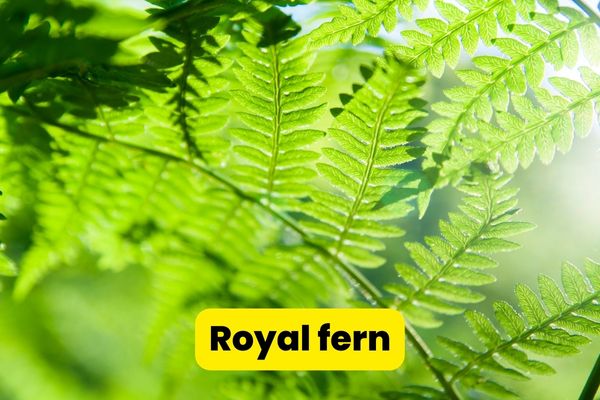
5. Cinnamon Fern (Osmundastrum cinnamomeum)
The Cinnamon fern is a unique and striking species that will reach about 2-5 feet tall. It has dark green fronds that grow to be about 2-5 feet long and have a cinnamon-colored central stem. This fern prefers partial shade to full shade and moist, well-draining soil with a pH between 4.5 and 7.5. It’s best to water the Cinnamon fern often, as it likes the moist soil. You can plant the Cinnamon fern in the spring or fall, and it’s best to space them about 24-36 inches apart.
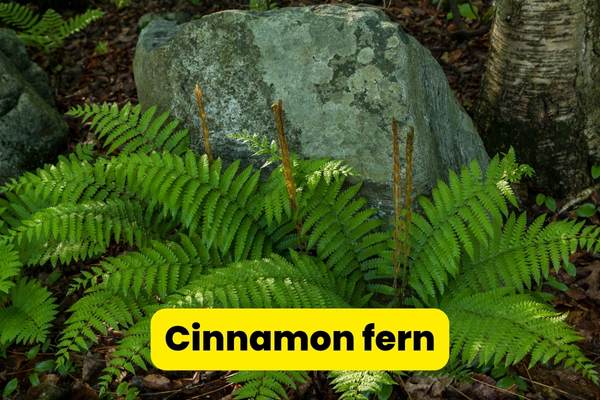
6. Japanese Painted Fern (Athyrium niponicum var. pictum)
The Japanese Painted fern is a colorful and eye-catching species that matures to 1-2 feet tall. It has silver-green fronds with dark purple veins and stems, creating a striking contrast. This fern prefers partial shade to full shade and well-draining soil with a pH between 4.5 and 7.0. It’s best to water the Japanese Painted regularly, keeping the soil damp. You can plant the Japanese Painted fern in the spring or fall, and it’s best to space them about 12-18 inches apart.
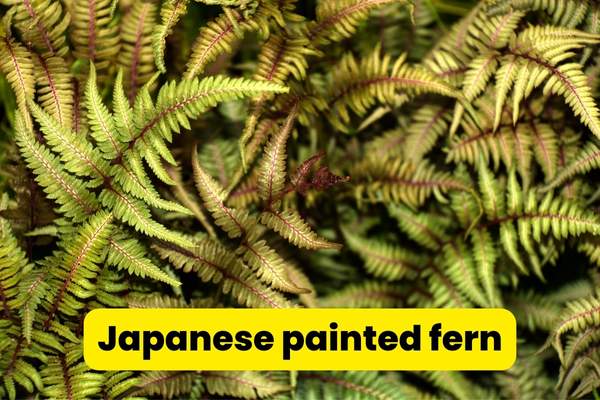
7. Maidenhair Ferns (Adiantum pedatum)
The Maidenhair fern is a delicate and graceful species that grows about 1-2 feet tall. It has bright green fronds that resemble the shape of a hand with several leaflets on each side. This fern prefers partial shade to full shade and moist, well-draining soil with a pH between 5.5 and 7.0. It’s best to water the Maidenhair fern regularly to moisten the soil. You can plant the Maidenhair fern in the spring or fall, and it’s best to space them about 12-18 inches apart.
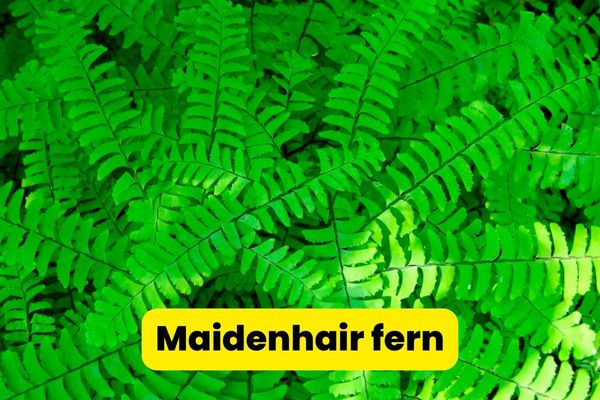
8. Autumn Fern (Dryopteris erythrosora)
The Autumn fern is a unique and colorful species that grows about 1-3 feet tall. It has bronze-green fronds in the spring that turn a darker green in the summer and orange-red in the fall. This fern prefers partial shade to full shade and well-draining, moist soil with a pH between 5.0 and 7.5. It’s also drought-tolerant once established. You can plant the Autumn fern in the spring or fall, and it’s best to space them about 18 inches apart.
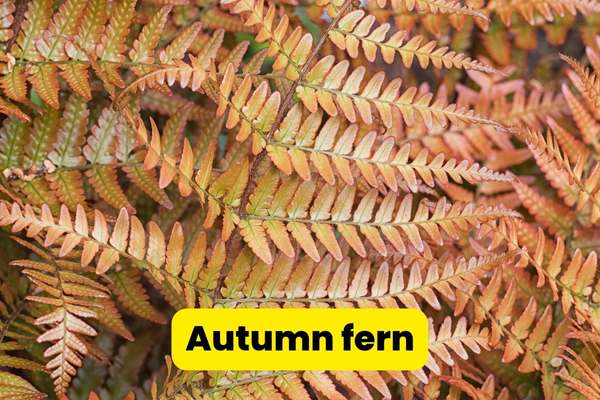
9. Southern Shield Fern (Thelypteris kunthii)
The Southern Shield fern is a robust and durable species that reaches about 1-2 feet tall. It has dark green fronds with a leathery texture and distinct shield-shaped pinnae. This fern prefers partial shade to full sun and well-draining, moist soil with a pH between 5.5 and 7.0. It’s also drought-tolerant once established. You can plant the Southern Shield fern in the spring or fall, and it’s best to space them about 12-18 inches apart.
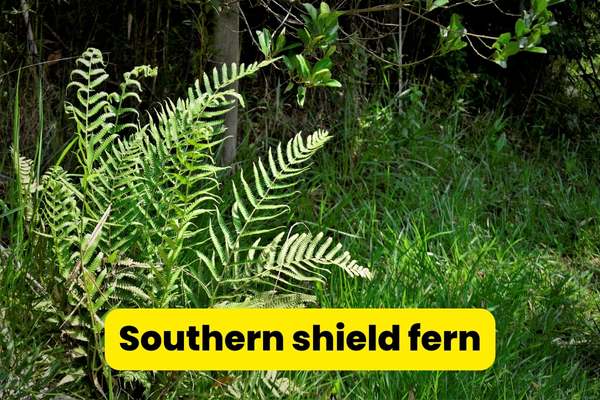
10. Bracken Fern (Pteridium aquilinum)
The Bracken fern is a hardy and fast-growing species that may mature to 3-6 feet tall. It has bright green fronds that grow triangular and are higly decorative. This fern prefers full sun to partial shade and well-draining, moist soil with a pH between 5.0 and 7.5. It’s also drought-tolerant once established. You can plant the Bracken fern in the spring or fall, and it’s best to space them about 24-36 inches apart.
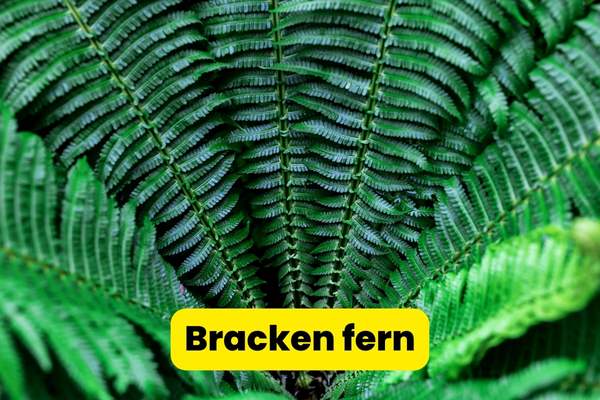
Why Ferns Are Important to the Ecosystem
Ferns are an essential part of the ecosystem and offer several benefits.
- Help protect against damaging soil erosion: Ferns help prevent erosion by holding the soil together with their extensive root systems. This benefit is significant in areas that are prone to landslides and erosion.
- Healthier air: These plants are natural air purifiers that can help remove pollutants from the air. This purification happens because they absorb carbon dioxide and other pollution while simultaneously releasing oxygen into the atmosphere.
- Support local fauna: Ferns provide various wildlife habitats, including birds, insects, and small animals. They also provide food for many animals, including deer, rabbits, and squirrels.
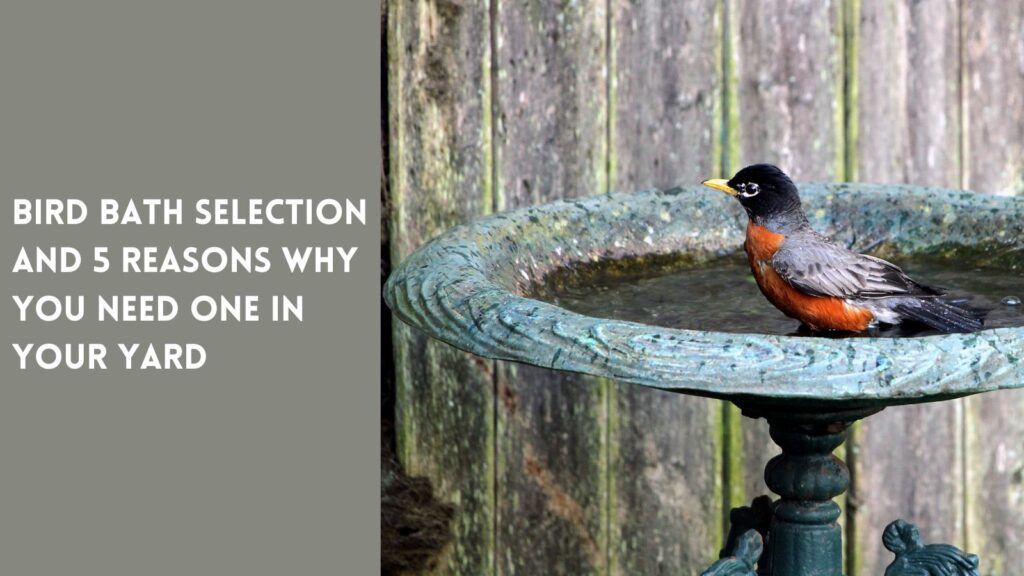
The Takeaway: Ferns Add Beautiful Greenery and Are Easy to Grow and Maintain in Your Garden
If you want to add ferns to your garden, this list of ten beautiful species suitable for zones 7 and 8 in northeastern North Carolina could be ideal for your landscape design. Remember to consider the growing needs of each fern, including sunlight, soil pH, and watering demands. And if you need any help with your gardening or landscaping needs, don’t hesitate to contact Tayloe’s Lawn Care Services. Follow us on Facebook for more tips and updates, or call us at 252.287.3376 to book us. Let’s create a beautiful and sustainable outdoor space together!
Author Profile

- Deborah Tayloe is the CEO and co-founder of Tayloe's Lawn Care Services, LLC. She has a B.S.Ed and holds certificates in soil and water management and herbology from accredited programs.
Latest entries
 GardeningSeptember 27, 2025What perennials, shrubs, and trees don’t like fall pruning (and why)?
GardeningSeptember 27, 2025What perennials, shrubs, and trees don’t like fall pruning (and why)? Trees and ShrubsSeptember 14, 2025Fall Shrub Pruning Guide (September–October)
Trees and ShrubsSeptember 14, 2025Fall Shrub Pruning Guide (September–October) Trees and ShrubsApril 22, 2025Boxwood Blight: Early identification and isolation
Trees and ShrubsApril 22, 2025Boxwood Blight: Early identification and isolation Flower GardenApril 8, 2025John F. Kennedy Rose: Hybrid tea rose with elegant white blooms
Flower GardenApril 8, 2025John F. Kennedy Rose: Hybrid tea rose with elegant white blooms





